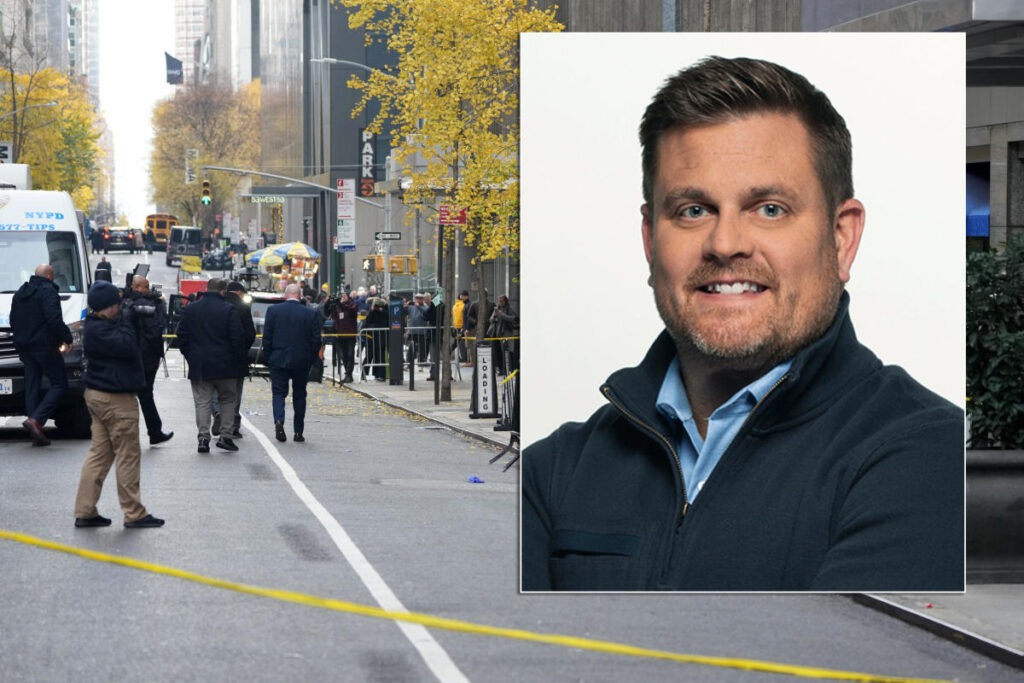In a high-profile investigation, 26-year-old Luigi Mangione has been arrested in Pennsylvania as a person of interest in the murder of UnitedHealthcare CEO Brian Thompson, who was fatally shot in New York City. Mangione’s arrest occurred at a McDonald’s in Altoona, where he was recognized by an employee who had seen his photo linked to the case. Police responded swiftly and charged him with possessing an illegal firearm; during the arrest, Mangione exhibited suspicious behavior and was found with several fraudulent identification cards, including a fake New Jersey ID that matched one used to check into a nearby hostel before the murder. The NYPD believes Mangione could be closely tied to the targeted attack on Thompson, calling their search for him a “brazen” and premeditated act.
Once in custody, reports indicated that the gun Mangione was carrying may have been a 3D-printed ghost gun, a type of firearm that is difficult to trace. This finding sparked further interest as NYPD Commissioner Jessica Tisch noted that the weapon’s characteristics matched those of the gun used in Thompson’s killing. Alongside the firearm, officers recovered a handwritten note that hinted at Mangione’s motivations. Although immediate threats to other individuals mentioned in the document were not expected, it indicated possible grievances against corporate entities. This character detail adds to the overall nature of the investigation, which has now shifted to scrutinizing Mangione’s background and possible reasoning behind the murder.
Thompson was shot dead outside the Hilton Midtown hotel in December during a brazen daylight attack that has since drawn intense media attention. Surveillance footage revealed the methodical nature of the shooting. The perpetrator was seen trailing Thompson before utilizing a pistol with a silencer, firing multiple rounds from behind. The targeted nature of the attack, combined with details that showed the gunman pausing to clear a potential jam, suggested that the murder was pre-planned, complicating the investigation and prompting police to engage multiple resources in their search for the suspect. The police stated that it was crucial to track the gunman’s movements leading up to the event, which included CCTV footage and witness accounts.
Despite the comprehensive search efforts that engaged advanced technology—such as drones in Central Park—and traditional investigative methods like canvassing for witness reports, the initial manhunt for Thompson’s killer proved challenging. Authorities combed through thousands of hours of surveillance footage and several witness statements, as they pieced together a timeline leading to the incident. Investigators also trailed Mangione’s movements post-shooting all the way to his eventual arrest in Pennsylvania, building a picture of escapism to evade authorities following the crime.
The police department’s focus shifted quickly to gathering evidence linking Mangione to the murder, including processing forensic information like DNA and fingerprints to establish a clearer connection. As part of their outreach to the public, the NYPD launched a reward initiative—offering a $10,000 reward for information leading to an arrest, complemented by an additional $50,000 offered by the FBI, signaling the grave seriousness of the situation. Investigators were adamant about their commitment to track down the shooter, emphasizing the care taken in procedures and evidence management.
As details of the case emerged, the implications for corporate leadership and safety in public spaces have been underlined by Thompson’s shocking murder. With the investigation underway and Mangione being considered a significant suspect, the case has drawn public interest, particularly as it highlights issues related to gun violence and corporate security. Moving forward, authorities are expected to delve deeper into Mangione’s background while scrutinizing how the act happened within the bustling environment of New York City, assessing both the tactical execution of the murder and the social context that could lead to such a targeted and violent confrontation.

